Chiang Mai, the old capital of the Lanna Kingdom and the jewel of northern Thailand has many things to offer with beautiful temples, a historic old city as well as numerous restaurants and massage places. However, there are so much to do around the city beyond the temples (though they are beautiful), the elephant sanctuaries and the ziplining tours and here are my top picks:
- See the rest of my Thailand series here or look at the Chiang Mai recommendations
Contents
Pha Chor National Park and Bamboo Rafting
If you like nature and want an adventurous day, then don’t miss this private tour to Pha Chor National Park and Bamboo Rafting with Sunshine from Take Me Tour.
Having studied geology, the rocks at Pha Chor National Park had captured my attention when I saw its photo on the tour page. A national park that’s more popular to locals, it’s about an hour and a half south of Chiang Mai, a river deposit formed 5 million years ago, the rocks are exposed by Ping River before it changed course. You can see the layers clearly: the coarse bands that mark the periods of heavy flow, and the finer mud beds that are from calmer periods, most likely seasonal.
Also, don’t forget to take a photo at the top because the view of the surrounding forest is stunning.
The hike down to the cliff face and back up isn’t very strenuous, though the uneven ground does call for trainers. It should take about an hour but we spent more time there to take photos!
The next stop is lunch, which is included in the tour, before bamboo rafting. It turns out we are going to the bamboo rafting place for lunch, which didn’t look very promising by the highway until we go down towards the river.
They have built bamboo seatings with roof alongside the river, each table is its own little hut with a rug and low table. The food Sunshine ordered for us was absolutely delicious, with Lanna pork sausage, fried rice, roast chicken and papaya salad.
We were able to get change in the restaurant’s bathrooms and lock our things in the car before bamboo rafting. A pick up truck transported us upriver as rain drizzle down around us. There is an option to self-paddle the bamboo raft downstream, but fortunately for us, we are able to have a guide to navigate the shallow but fast river for us.
We passed by many locals who are having a swim or relaxing by the river, but the highlight was seeing two elephants being bathed as well as a beautiful swing.
Overall, this was the best nature outing I had in Chiang Mai and highly recommend it. We didn’t seem many other tourists on this route at all.
Book Pha Chor National Park and Bamboo Rafting
Price: 2,500 baht per person including hotel pick up, drop off, and lunch
Disclosure: I was hosted for the trip but all opinions are my own
Doi Inthanon trek
Doi Inthanon is said to be the highest mountain in Thailand, named after the last king of Lanna Kingdom, whose ashes are resting in a shrine on its highest point. It’s located about two hours southwest of Chiang Mai, most famous for the King and Queen Pagoda at the top, but there are many hidden waterfalls and hikes around.
I ended up doing an overnight trek with Venture with Impact, led by locals from the Karen Tribes that live in the mountains of Doi Inthanon National Park. The Karen people came to northern Thailand from Myanmar about 500 years ago and settled around the border.
Here is a list of what we saw:
Mae Ya Waterfall
Over thirty-story high, Mae Ya Waterfall is a stunning sight to behind for it is almost as wide as it is long. Only a 800 meter walk from the car park, the waterfall continues down towards the way we came and there were many local children playing in the river.
Royal Agriculture Project
The Royal Agriculture Project was founded in 1969 by His Majesty the King Bhumibol Adulyadej to support the local tribes and villages after opium was banned. Although the flowers and other produce there are not for sale, all of the gardeners are locals. Their greenhouses and flower garden and pond are beautiful to see and photograph.
King and Queen Pagoda
Also known as the Royal Twin Pagoda, with the official names of Phra Maha Dhatu Nabha Metaneedonthe and Phra Maha Dhatu Nabhapol Bhumisiri, the King and Queen Pagoda were built to commemorate the 60th birthday of the King and Queen. The brown one is the King’s Pagoda, built in 1987, and the purple is the Queen’s Pagoda, built in 1992. The Queen’s Pagoda is 5 m shorter than the King’s, a reflection of their age difference. A set of stairs separate the two pagodas, and there are escalators to go up. The garden behind the Queen’s Pagoda is beautiful and photogenic, with a pond and a little bridge across it.
Trek to Mae Klang Luang Village pass Pa Dok Saew Waterfall
After the pagodas, we went on the start the trek to our homestay village. The hike is about two hours long and took us first to the Pa Dok Saew Waterfall, then another smaller one. The trails aren’t particularly hard, and it was early evening when we get to the village.
Homestay experience
We stayed at one of our tour guide’s house, a traditional building with a separate kitchen on stilts as well as a one storey home behind it. Interestingly, the bathroom is across the road, but it has running water and is quite clean.
The accommodation, though basic, was nice with mosquito net and they even gave us extension sockets to charge our electronics. The bathroom has no hot water, and because of the late hour, we didn’t end up taking a proper shower.
The highlight of the day was the dinner our wonderful guide Sam cooked us, consisting of rice grown from the farm around the village as well as curry and other local food.
Explore the village and trek
Breakfast was served by our lovely guide Sam the next day, western for us while the rest of the locals had fried rice up in the kitchen. We ended up doing a shorter, 3-hour hike from the village, seeing the local school and coffee shop on the way. The hike was intermediate in difficulty, with many fallen leaves that makes it slippery. We had to pass this scary bridge to get to the lunch spot:
Watchiraton Waterfall
The last waterfall of the trip, we were so tired that we didn’t even stay for very long. The good news is that there are bathrooms as well as vendors there. We got ice cream each and it helped with the heat.
Overall, we had a wonderful experience, though overnight at the homestay certainly didn’t lend itself to the best night’s sleep. However, it was certainly a great way to experience the local life and chat with the locals.
There are also day trip options from Chiang Mai as well as more strenuous trekking options.
Chiang Mai to Chiang Rai tour
We joined Backstreet Academy’s group tour to go to Chiang Rai to see one of the most famous temples in the world: the White Temple. Chiang Rai was the old capital of the Lanna Kingdom, founded by King Ming Rai and is translated as the ‘City of Rai’. although it is doable on a day trip, it’s worth noting that the ride from Chiang Mai to Chiang Rai is four hours one way, and the road condition is not perfect.
That said, for someone who only has one day like me, this was the perfect tour at a very reasonable price of 27 USD. The main attraction is, of course, the White Temple itself, although now there is also the Blue Temple – read more about them in my temple post.
After the two temples, we also visited the following:
The Black House Baan Dam
The Black House is not a temple, but rather a museum slash art gallery building complex built by the local artist Thawan Duchanee. The colour black chosen is not symbolic, just the favourite colour of the artist. The main house, along with the majority of the buildings, are built in Lanna style, but you will also find a few modern buildings around, too. It is an eccentric place to visit, almost like walking into Alice in Wonderland but a Thai version. It is comparatively less of interest if you are not an art lover, especially since there is no guided tour to explain the pieces.
Address: 333 หมู่ 13 Tambon Nang Lae, Amphoe Mueang Chiang Rai, Chang Wat Chiang Rai 57100
Entrance fee: 80 baht (included in tour)
Opening times: 9:00 – 17:00
Karen Village (Long Neck Women)
The tour also includes an optional stop at a Karen tribe village to see the Long Neck Women. The package with Backstreet Academy does not include this, and it’s 300 baht if you do want to go. We decided against it as it did seem to be a tourist-only affair, and had a look at the market outside. It’s reminiscent of Sapa in Vietnam, and two of the girls who went it confess that it was purely a photo op.
Tour: 27 USD – you can book here
Sak Yant Tattoo and Nat (Gold Leaf) Blessing
Something a little different (or maybe a lot) is to get a Sak Yant Tattoo. To put it plainly, it is a sort of blessing and protection, like white magic, practiced by the Buddhist Monks or Yogis. A Sak Yant usually consists of geometric shapes, animals, mythological creatures, and incantations. Unlike a traditional tattoo, each one has a specific meaning and purpose and is inked on using a sharp needle freehand.
Sak Yant is mainly practiced in Thailand and Myanmar, less so in Cambodia and Laos. Here in Chiang Mai, the tattoo is given at the monk’s shrine, with temples reserved for important ceremonies and worshiping. While I didn’t get one personally, I went with Lola from Miss Filatelista to get hers done, as I am fascinated by the culture of it.
She did it through Where Sidewalk Ends, an Eco-tour company that organises Sak Yant experience around Chiang Mai. We visited Arjun (which means master) Rung at his shrine south of the city, and she was able to consult with him on what she wanted for her Sak Yant.
Depending on what you want, the monk will help you design a Sak Yant. As Lola already has a good idea of what she wanted, our guide Lowey helped her translate what she wished the tattoo to reflect to the monk. For those who are uncertain about their life direction, sometimes your birthday and Chinese astrology is required for the design. There is also a book of old design there for you to take inspiration through.
Once the design is sketched, the tattoo process only takes about 15 to 20 minutes! As Lola’s tattoo are two birds, the monk told us we will hear birds of all kinds chirping. And we did! Rooster, pigeons, it was as though they were aware and was celebrating. Lowey said that during his Sak Yant, which is of a gecko, the same thing happens but with geckos!
Note: though Arjun Run is willing to tattoo females, it is traditionally forbidden for monks to touch female therefore photography is not allowed during the session.
Another thing to do, if you are not interested in Sak Yant, is to get a gold leaf blessing, a Nat. The gold represents purity, and they are usually done in threes or fives. The three are forehead for wisdom, tongue for talk, chin for good looking. For the five, each cheek is blessed as well as the back. The monk chanted blessing as he applied each gold leaf, and we were blessed with water at the end.
We also visited an amulet market, where we each got an amulet for protection with the help of our guide Lowey. I got a wisdom and protection amulet that’s made of rock, naturally.
Book your Sak Yant Experience here
Sticky waterfall
The name of the waterfall seems a little odd, Sticky Waterfall is actually true to its name: sticky. The waterfall consists of three section, with water cascading down round, bulbous limestone that has a good grip on your feet, hence sticky.

So if you are picturing a sheer waterfall with a huge pool underneath, let me stop you right there. These limestones are consist of millions, if not billions, of fossils, which uneven surface lend them the grip.
While there is no plunge pool to swim it, climbing up and down the sticky waterfall can be really fun! There are robes in place to help you go up and down steeper part, and in the whole, it is quite safe to navigate. It is a popular spot for both tourists and locals, so if you want to avoid the crowd then it’s best to arrive before 10 am.
If you don’t want to go up or down all three, there are stairs parallel to the waterfalls that you can take instead. We ended up leaving our bags at the very end of section 3, then going up and down, but it’s up to you what you want to do. I had a lock on my bag, but in general it seems to be quite safe, but of course, it’s best to not leave your things unattended if you can.
The ride to the waterfall is about an hour or so. There are many tours that will take you to the Sticky Waterfalls, many of which also include a stop at various other sights.
Head to the Sticky Waterfall with locals
Failing that, you can always hire a songthaew driver to take you (and friends to split the cost) there! Prices vary but should be around 500-700 baht per person.

Note: I was hosted for the trips by the respective companies but all opinions are my own. Thanks, Lola from MissFilatelista for taking the photos of me in Doi Inthanon.
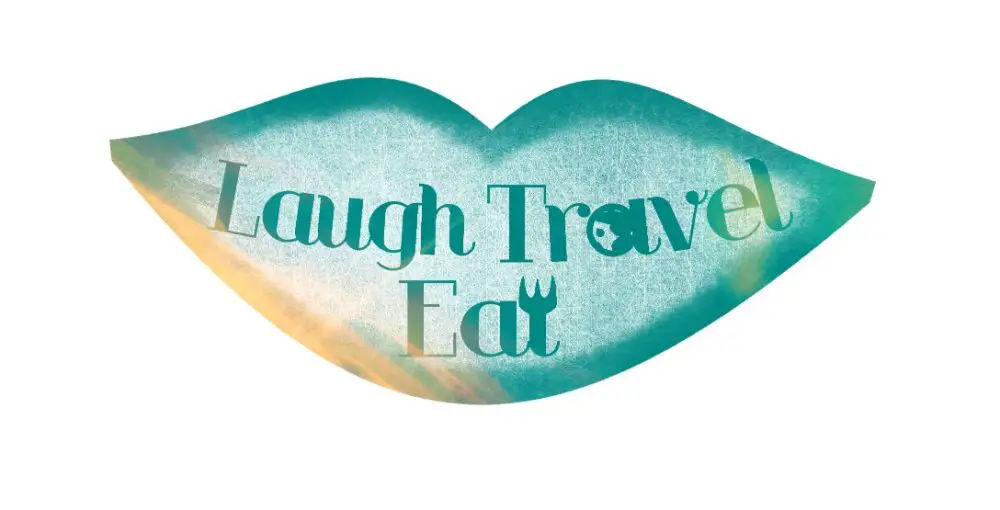

 中文 (香港)
中文 (香港)































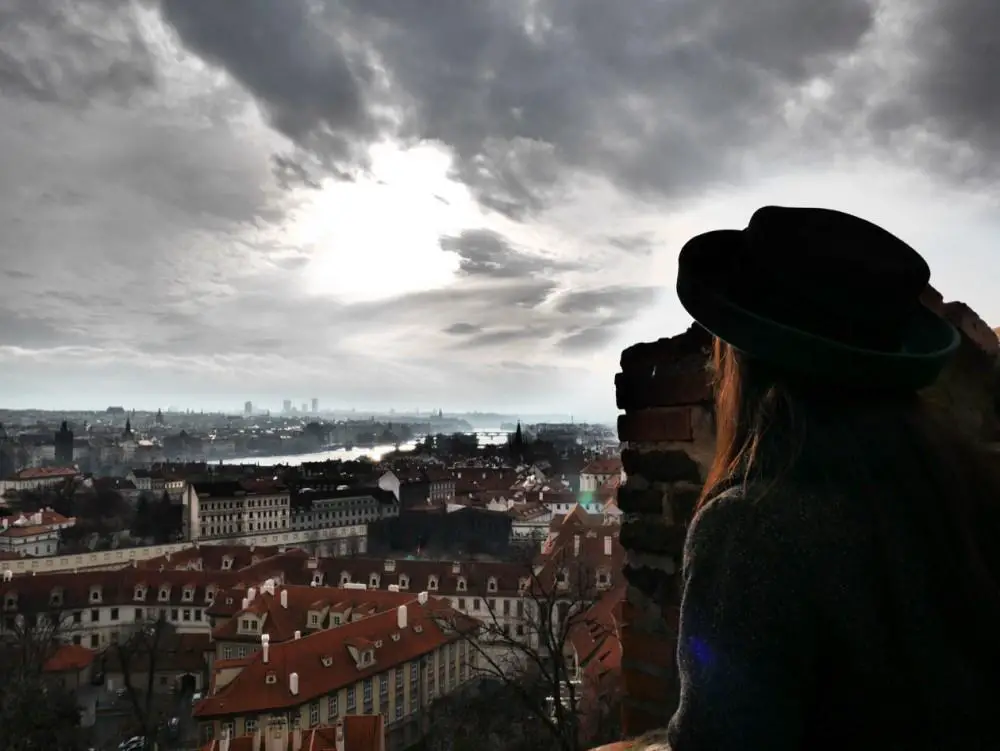


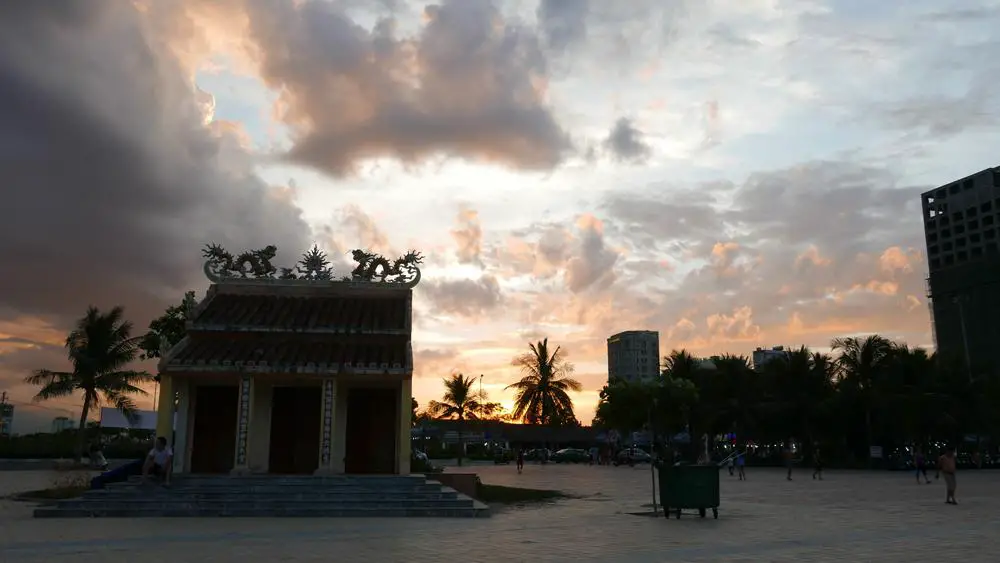











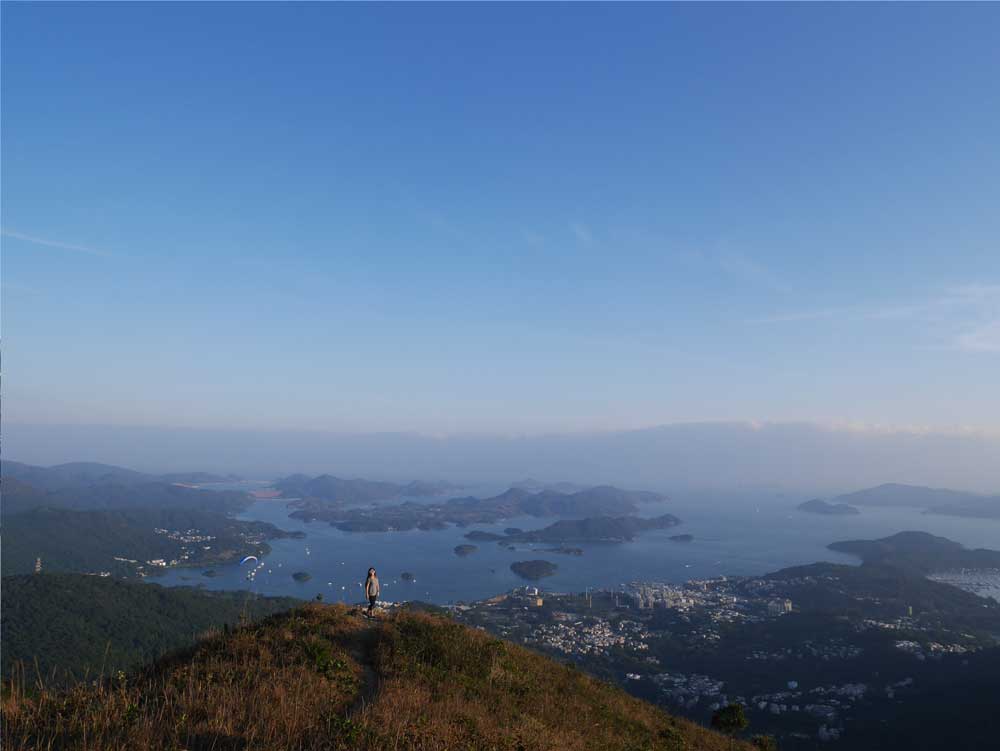

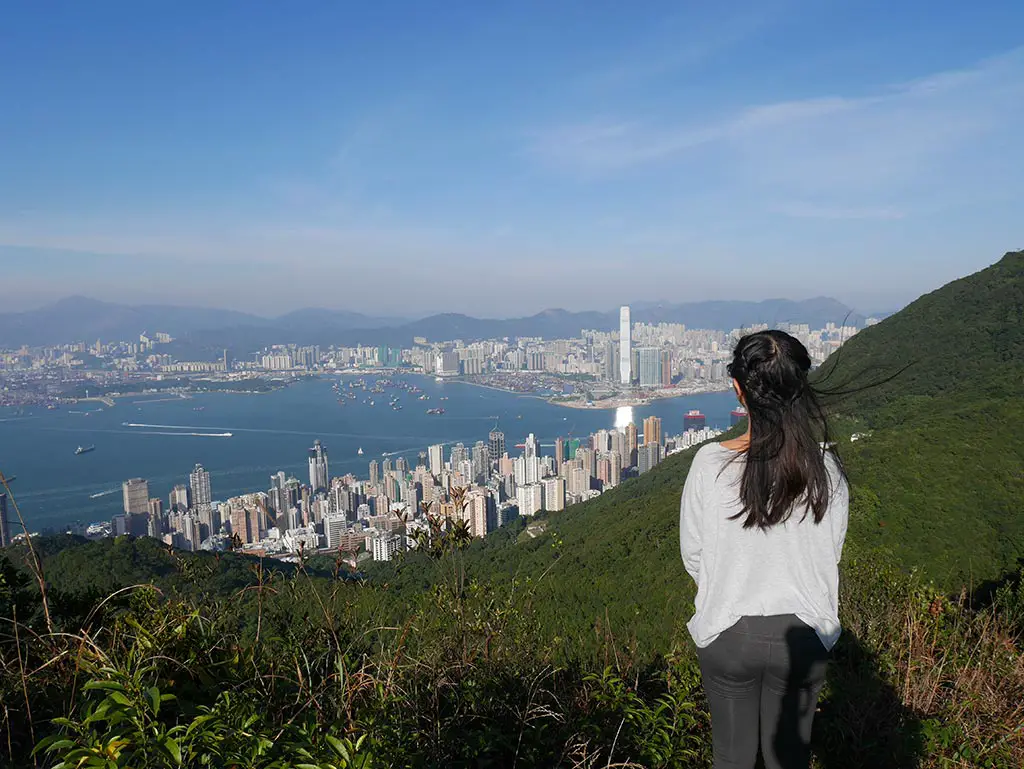

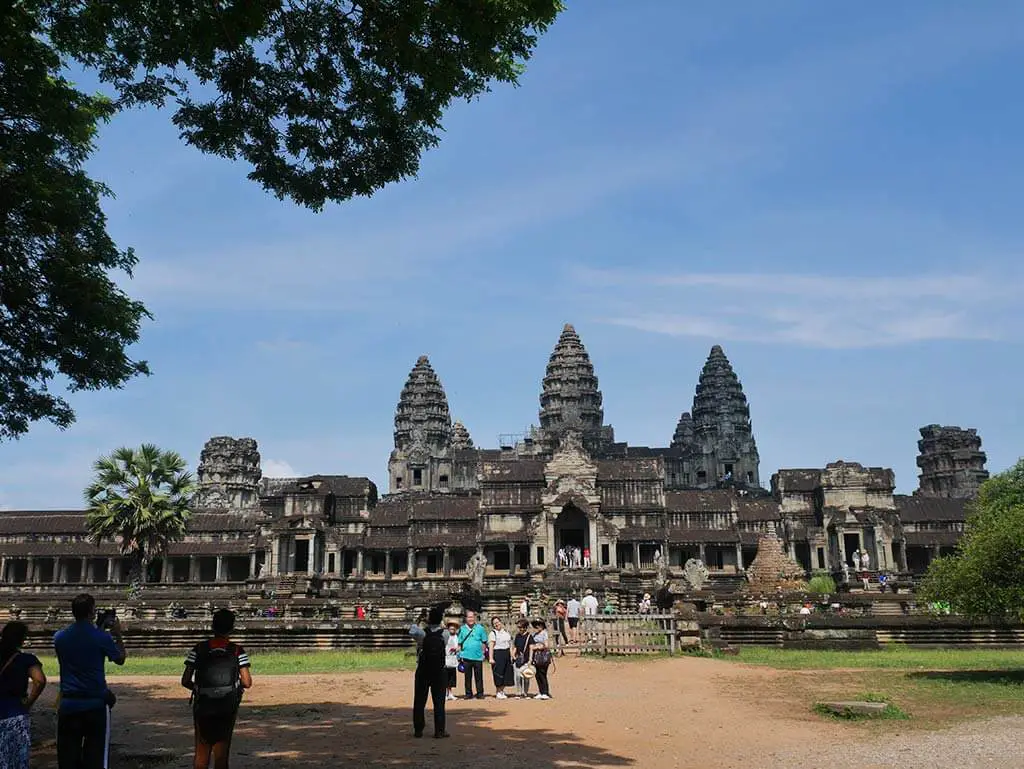
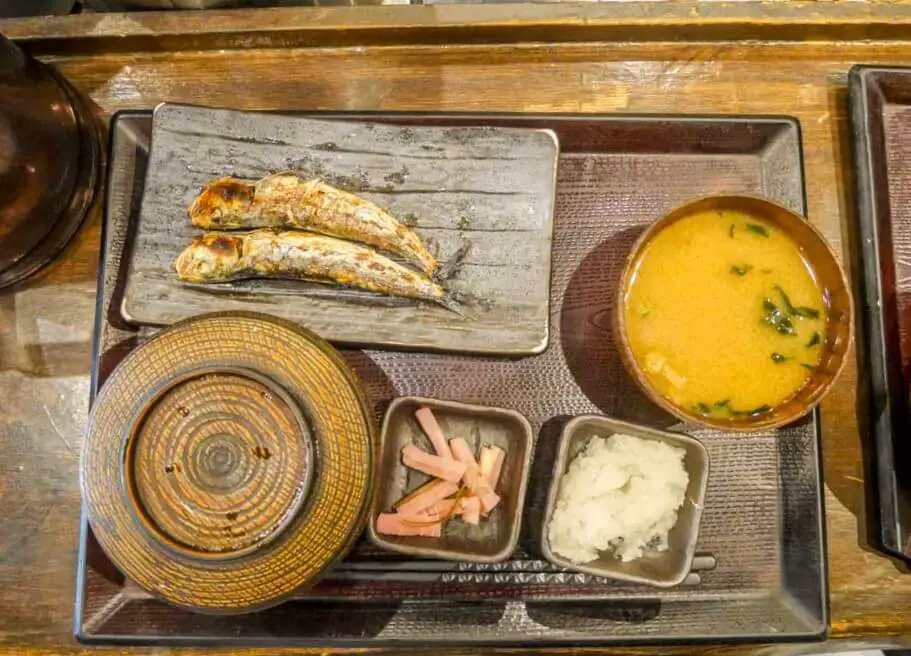

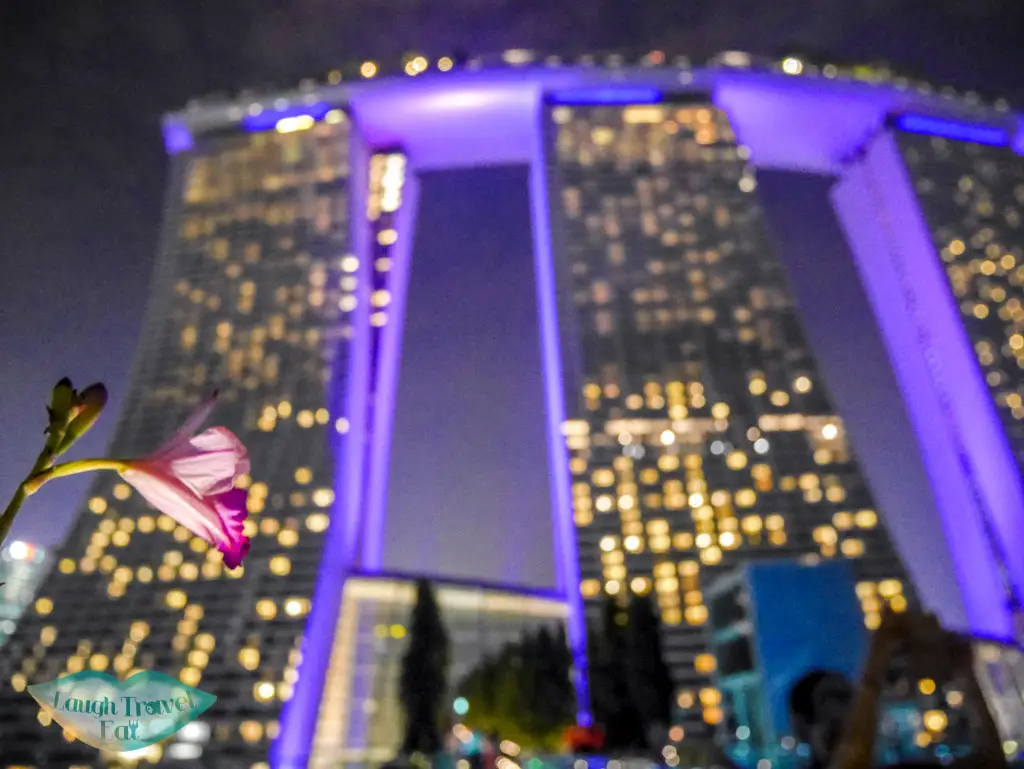
All of your photos are amazing, this is great list of information. Thank you so much for sharing it.